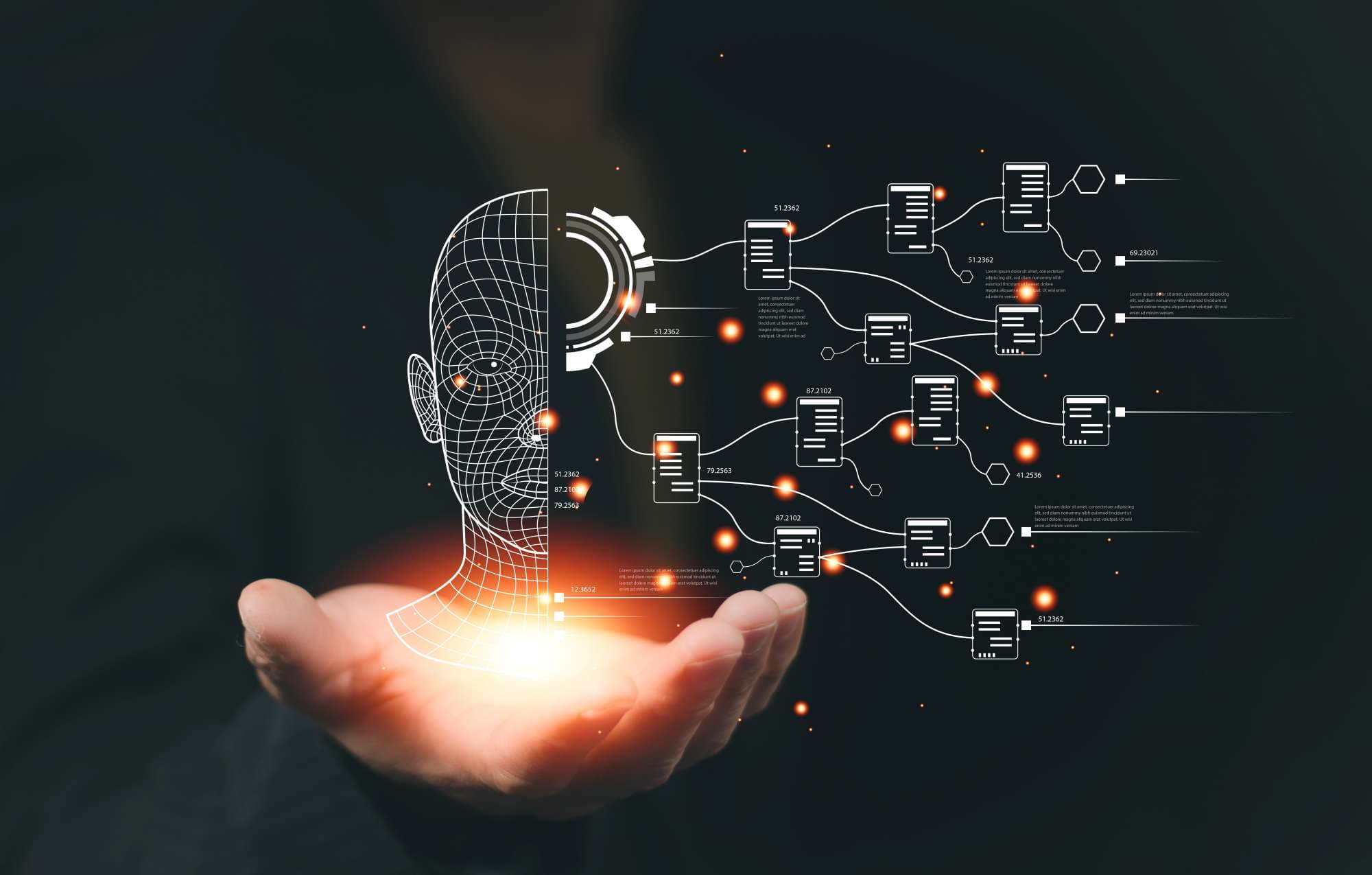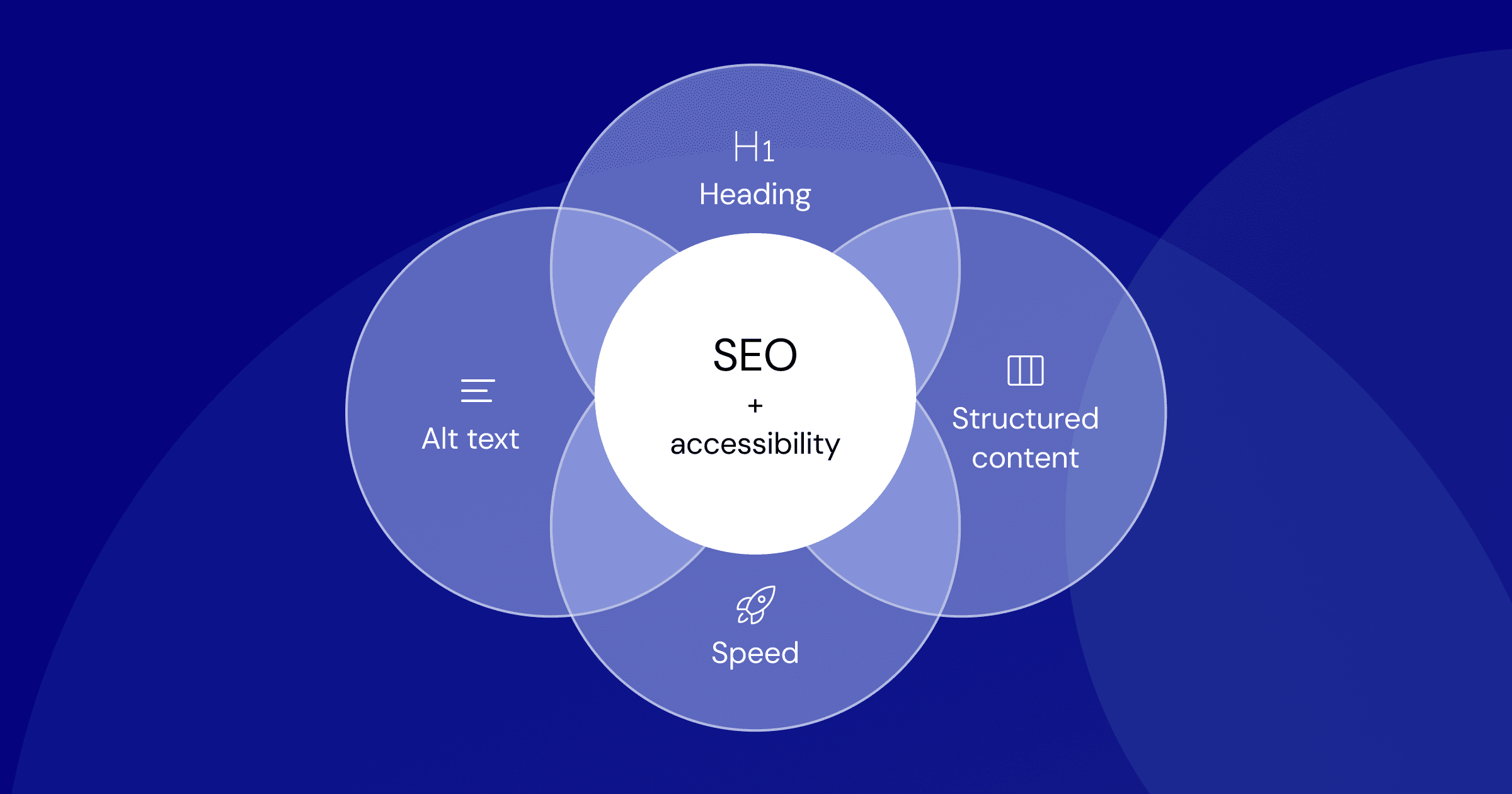AI Solves Marketing's $47B Creative Measurement Gap
By Alexis Morgan • November 11, 2025 • 9 min read • 89 views

The $47 Billion Creative Measurement Gap AI is Finally Solving
Imagine launching a campaign you've poured resources into—perfect targeting, optimized budget, flawless execution. Yet you're left guessing whether your creative actually connected with audiences. This creative measurement dilemma costs marketers billions annually, but new research suggests artificial intelligence is closing the performance gap.
Think with Google's latest study with Kantar reveals AI can bridge what's being called the "creative measurement gap"—the blind spot where marketers struggle to quantify whether their content actually resonates with audiences. The findings couldn't come at a better time, as 68% of marketers report creative effectiveness as their top measurement challenge.
Why Creative Measurement Has Been Marketing's Biggest Blind Spot
Traditional metrics focus on the "container" of campaigns—the channels, budgets, and delivery mechanisms. But they largely ignore the heart of advertising: the creative itself. Marketers know their ads reached audiences and generated clicks, yet have limited insight into whether the visual storytelling, messaging, or emotional appeal actually drove results.
"We've become experts at measuring campaign logistics but struggle with creative effectiveness," notes Biren Kalaria in Think with Google's analysis. "This creates a fundamental disconnect—how can we optimize what we can't properly measure?"
The gap becomes especially critical as consumers become savvier and ad fatigue increases. With average attention spans dropping and ad-blocking rates climbing, creative quality becomes the differentiator between campaigns that drive results and those that waste budget.
AI's Breakthrough in Creative Intelligence
The research identifies three key ways AI transforms creative measurement:
Predictive Creative Scoring
AI systems now analyze creative elements before launch, predicting performance based on visual composition, color schemes, messaging tone, and emotional triggers. Companies using these systems report 23% improvement in creative selection accuracy.
Real-Time Creative Optimization
Machine learning algorithms monitor audience reactions across multiple touchpoints, automatically adjusting creative variations to maximize engagement. Brands implementing this approach see 31% better performance compared to static creative strategies.
Cross-Channel Creative Insights
AI synthesizes performance data across platforms, identifying which creative elements drive results in specific contexts. This enables marketers to understand not just what works, but why and where specific creative approaches excel.
The Numbers Behind AI-Driven Creative Success
The measurement breakthrough translates to substantial ROI improvements:
| AI Implementation | Performance Lift | Adoption Rate |
|---|---|---|
| Predictive Creative Scoring | 23% | 15% of marketers |
| Real-Time Optimization | 31% | 8% of marketers |
| Cross-Channel Insights | 19% | 12% of marketers |
| Combined AI Creative Tools | 42% | 3% of marketers |
Early adopters report creative-related costs dropping 18% while campaign effectiveness improves 35%. The technology particularly excels in video content, where AI analyzes engagement patterns to predict viral potential with 73% accuracy.
Real-World Impact: From Guesswork to Data-Driven Creativity
Major brands using these AI systems report dramatic shifts in creative strategy. One consumer goods company reduced creative production time by 40% while increasing positive audience sentiment by 52%. A financial services firm improved creative testing speed by 60%, allowing for rapid iteration based on audience feedback rather than relying solely on post-campaign analysis.
The most significant impact appears in performance marketing campaigns, where creative optimization drives direct revenue. Companies using AI-driven creative measurement report 28% improvement in cost-per-acquisition, primarily attributed to better creative-audience matching.
What This Means for Marketing Teams
The creative measurement revolution requires fundamental shifts in how marketing teams operate:
Traditional Creative Process:
- •Develop creative concepts
- •Launch campaigns
- •Wait for performance data
- •Iterate based on results
AI-Enhanced Process:
- •AI analyzes target audience preferences
- •Predictive scoring selects optimal creative approaches
- •Real-time optimization adjusts elements during delivery
- •Cross-platform insights inform future strategies
This acceleration means marketing teams must develop new skills in AI tool management and creative strategy based on algorithmic insights, rather than relying solely on human intuition about audience preferences.
The Competitive Advantage Factor
As AI creative measurement becomes standard practice, brands failing to adopt these tools face growing disadvantages. The technology creates a feedback loop—systems trained on more creative performance data become exponentially better at predicting successful approaches, widening the gap between AI-enabled and traditional marketing teams.
Forward-thinking organizations are building dedicated creative analytics roles and investing in cross-functional collaboration between creative teams and data scientists. This integration becomes crucial as AI creative tools evolve beyond measurement to active creative generation and optimization.
Looking Ahead: The Next Phase of Creative AI
The next wave of AI creative tools will likely include:
- •Emotional impact prediction: Algorithms that forecast audience emotional responses
- •Cultural sensitivity analysis: AI systems that identify potentially problematic creative elements
- •Personalized creative generation: Dynamic ad creation tailored to individual user preferences
These developments suggest creative measurement is just the beginning. AI is positioning to transform every aspect of creative development, from initial concept to final optimization.
For marketers, the message is clear: the creative measurement gap that has plagued the industry for decades is rapidly closing. Brands that embrace AI-driven creative intelligence will gain significant competitive advantages in an increasingly crowded digital landscape. Those who don't risk being left behind as the industry shifts toward data-driven creative excellence.
About Alexis Morgan
Alexis Morgan covers AI and measurement technologies for Social Media Marketing News. With 12 years in analytics journalism, she deciphers how emerging tools transform marketing effectiveness measurement.
